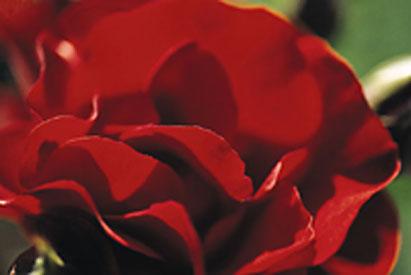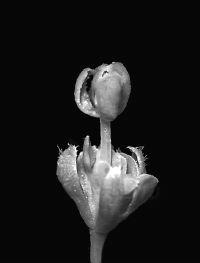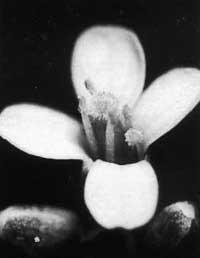Elegant flowers for Valentine's Day
2001/02/14 Elhuyar Zientzia

Turning iron into gold remains the alchemists' dream, but turning leaves into flowers is already true thanks to Mexican and American researchers.
In 1970, writer Johann Wolfgang Von Goethe presented his theory on the metamorphosis of flowers. According to him, all parts of the flower, such as sepals, petals and stamens, are only modified leaves. Now, researchers from the Universities of Mexico and California have contrasted this theory.
They knew how to turn the flower organs into leaves ten years ago, but not the other way around. Apparently, they lacked a tile to complete the puzzle and precisely found it in the mustard genome. The combination of two genetic groups (SEP 1 and 2 on the one hand and genes A, B and C on the other) has allowed obtaining what they were looking for.
The influence of these genes on plant development has led to well-known researchers. Gene A is responsible for sepals, carpal gene C, combination of petals genes A and B, and gardeners' combination of B and C. If these three genes are prevented from expression, all parts of the flower appear as leaves in plant development. It seems, therefore, that this research confirms Goethe's theory.
In addition, genes A, B, and C by nature, and if they have not undergone mutations, cannot cause the leaves to develop as petals. This requires the participation of another gene trio, that is, SEP 1, 2 and 3 that also influence the development of petals, carpelos and gardeners. Despite not knowing how it happened so far, 2000 ago an unusual rarity known as "double flower" was known. This peculiar flower is due to the fact that the petals, stamens and hairs become petals, and now they have seen that it occurs when these three genes move at once. When the trio of genes is not represented, one flower forms again and again within the other, fulfilling the dreams of gardeners and florists.

Gai honi buruzko eduki gehiago
Elhuyarrek garatutako teknologia





